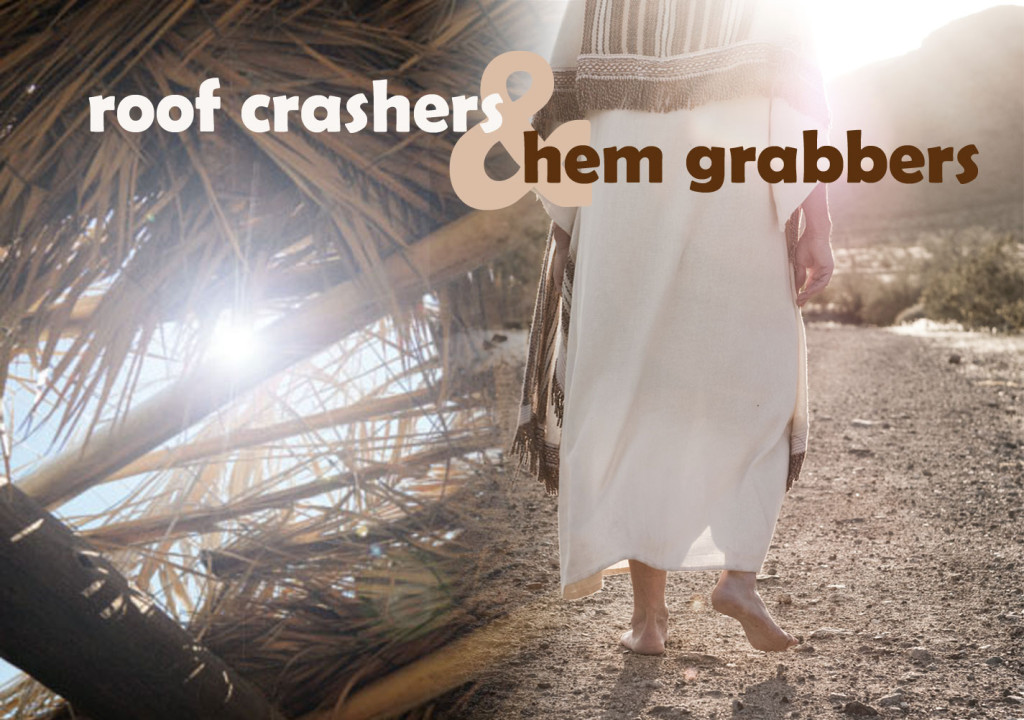About
The Rev. Canon Whitney Rice (she/her/hers) is an Episcopal priest who serves as the Canon for Evangelism & Discipleship Development for the Episcopal Diocese of Missouri. She is a graduate of Yale Divinity School where she won the Yale University Charles S. Mersick Prize for Public Address and Preaching and the Yale University E. William Muehl Award for Excellence in Preaching. She has taught undergraduate courses at the University of Indianapolis and has contributed to Lectionary Homiletics, the Young Clergy Women’s Project journal Fidelia’s Sisters, and other publications. She has served as a researcher and community ministry grant consultant for the Indianapolis Center for Congregations, is currently a staff writer for the Episcopal Digital Network’s Sermons That Work, and is an active participant in the activist clergy community for racial and economic justice in St. Louis. A communicator of the gospel at heart, she writes and teaches at Episcopal, United Methodist, and ELCA churches on a wide variety of topics including rethinking evangelism, stewardship, leadership, women’s theology of the body, mysticism, and spiritual development. When she’s not thinking about theology, particularly the intersection of evangelism and justice work (which is all the time, seriously), you’ll find her swing dancing.
The title of this blog comes from two gospel stories.
Roof Crashers comes from Mark 2: 1-5, 10-12:
“When Jesus returned to Capernaum after some days, it was reported that he was at home. 2So many gathered around that there was no longer room for them, not even in front of the door; and he was speaking the word to them. 3Then some people* came, bringing to him a paralyzed man, carried by four of them. 4And when they could not bring him to Jesus because of the crowd, they removed the roof above him; and after having dug through it, they let down the mat on which the paralytic lay. 5When Jesus saw their faith, he said to the paralytic, ‘Son, your sins are forgiven.’…He said to the paralytic— 11‘I say to you, stand up, take your mat and go to your home.’ 12And he stood up, and immediately took the mat and went out before all of them; so that they were all amazed and glorified God, saying, ‘We have never seen anything like this!’”
What moves me so deeply about this story is the love of this group of friends. They are so determined to help the one of them who is in need, and they will do whatever it takes to bring him before Jesus–up to and including property damage! And the trust that the paralyzed man has to have in his friends–to allow himself to be manhandled up onto a roof and lowered through it into an agitated crowd before a stranger–is equally as powerful.
My favorite phrase is “when Jesus saw their faith.” Jesus saw the love this group of friends had for each other, their commitment to each other no matter what they were facing, the risk and challenge and work they were willing to put in to reach his presence, and Jesus himself was moved by it. To me this group of friends models how we should live in community, and hence inspired the name Roof Crashers.
Hem Grabbers comes from a story that is told in the gospels of Mark, Luke, and Matthew. Here is the version in Mark 5:24-34:
“And a large crowd followed Jesus and pressed in on him. 25Now there was a woman who had been suffering from hemorrhages for twelve years. 26She had endured much under many physicians, and had spent all that she had; and she was no better, but rather grew worse. 27She had heard about Jesus, and came up behind him in the crowd and touched his cloak, 28for she said, ‘If I but touch his clothes, I will be made well.’ 29Immediately her hemorrhage stopped; and she felt in her body that she was healed of her disease. 30Immediately aware that power had gone forth from him, Jesus turned about in the crowd and said, ‘Who touched my clothes?’ 31And his disciples said to him, ‘You see the crowd pressing in on you; how can you say, “Who touched me?”’ 32He looked all round to see who had done it. 33But the woman, knowing what had happened to her, came in fear and trembling, fell down before him, and told him the whole truth. 34He said to her, ‘Daughter, your faith has made you well; go in peace, and be healed of your disease.’”
So many of us worry that we are not worthy to be in the presence of God, that our mistakes and regrets and weaknesses disqualify us from grace. But the woman in this story personifies the place we all reach at some point when we have done all we can in our own strength and finally bring our wounded and hurting selves into the presence of Christ.
This woman’s heart is a maelstrom of faith, courage, exhaustion and utter desperation. Who would have thought that this is the mental and spiritual state that electrifies Jesus into a blazing conduit of healing? He loves us the most when we come to him at our worst, no longer hiding because we no longer have the strength to hide, at last honest, at last ready, at last…Hem Grabbers.

